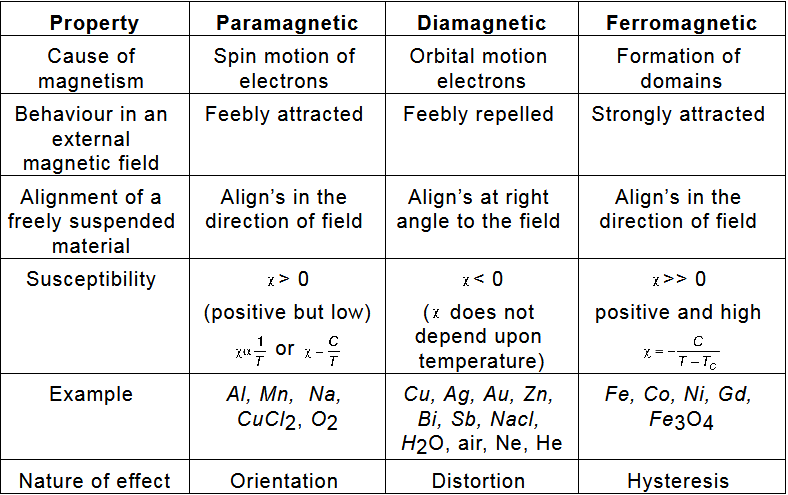Magnetic Effect Of Current
Magnetic Effect Of Current revision Notes
Lorentz force
A charge q moving in a region where there is an electric field as well as a magnetic field
experiences a force, given by
N
Biot-Savart Law
Magnetic field induction due to a current element
Unit: T (tesla)
(a) Magnetic induction at the center of a circular coil of radius R carrying a current I is
, where N is the number of turns in the coil
(b) Magnetic induction at the centre due to circular arc conductor carrying current I
(c) Magnetic induction about a long straight conductor at a distance r from its center
(d) Magnetic induction at a distance r due to a finite length of conductor
(e) Magnetic induction along the axis of a circular coil carrying current I
where N is the number of turns, R is the radius and x is the distance of point from the center of the coil.
Force On A Current Carrying Conductor In A Magnetic Field
The force F on a straight conductor carrying a current placed in a magnetic field of induction, B is
where θ is the angle between dI and B
(a) A straight conductor of length L1 placed at right angle to B experiences a force,
newtons
(b) The magnetic field is due to a parallel conductor L2 carrying a current I2 placed at a distance r from the first conductor,
The force on
The force is attractive if the currents are in the same direction, and repulsive if they are in opposite directions
Ampere's Law
Magnetic Dipole
(a) Bar magnet
The mutual interaction force between two small magnets of magnetic moment M1 and M2 is
(b) Current loop
A current loop of area of cross-section A, and number of turns N, carrying a current I is equivalent to a magnetic dipole of magnetic moment μm where
(i) μm = NIA
(ii) magnetic potential energy
(iii) mangnetic force,
Motion Of A Change Particle In Magnetic Field
If a charged particle is projected with velocity v at an angle θ with the magnetic field B, then it follows a helical path of radius r, its time period is T and the pitch of the helix is p
(a)
(b)
(c) , p is the pitch of helix.
Moving Coil Galvanometer
where c is the torisional couple per unit twist, N is the number of turns in the coil and A is the area of cross-section of the coil, and θ is the deflection in radians.
Magnetic Properties Of Substances
(a) Magnetization vector
(b) Magnetic field intensity
,
where
is called magnetic susceptibility
∴, called relative permeability
where μm is permeability of the medium
Thus,
(c) Curie’s Law
As the temperature increases the susceptibility of paramagnetic substances decreases
or
where C is Curie’s constant
Ferromagnetic materials when heated become paramagnetic beyond Curie temperature. Thus for ferromagnetic substances
where TC is Curie temperature
(d) Comparison among paramagnetic, Diamagnetic and Ferromagnetic materials

(e) Hysteresis
When applied magnetising field is removed the magnetism B or I that remains in the material is called retentivity. In figure, OX = OU = retentivity.
The magnetizing force or H applied in negative –direction to make retentivity zero is called coercivity. In figure OY = OV = coercivity
Terrestrial Magnetism
Vertical component of earth’s magnetic field
Horizontal component of earth’s magnetic field,
where = Resultant magnetic field
θ = angle of dip
φ = angle of declination
At magnetic equator, θ = 900
At magnetic pole, θ = 900









